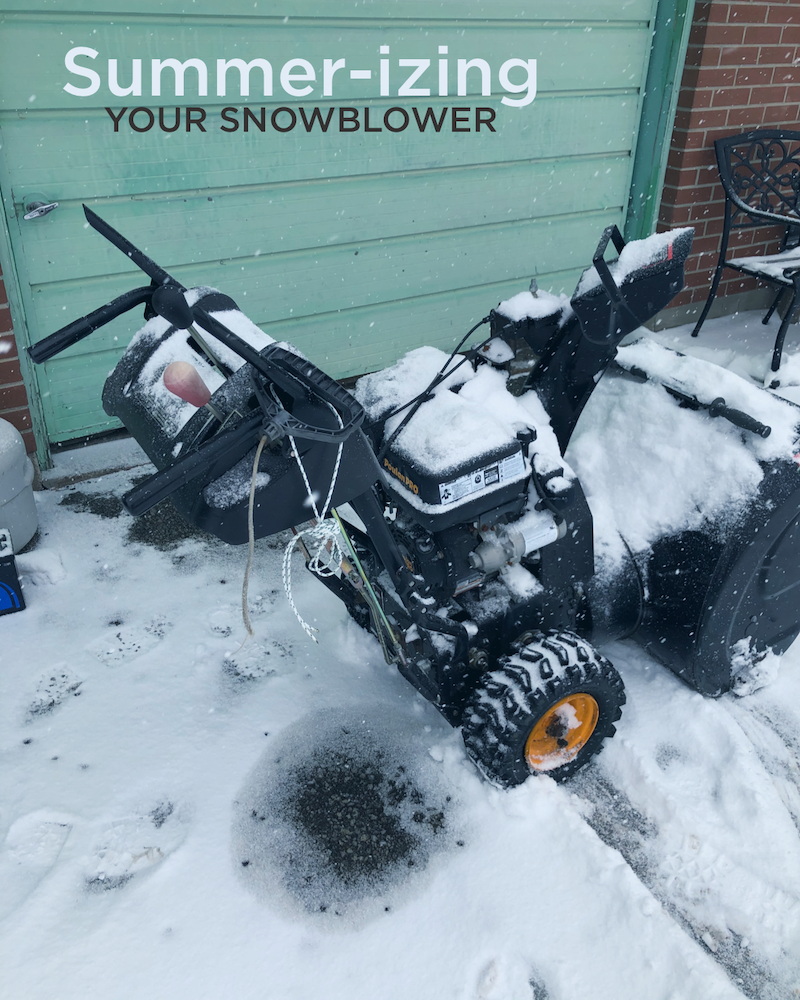Well, we had our first real snowfall of the season recently, and of course, I was all excited to get the snowblower working. However, after some time trying to get it started, I gave up and had to shovel. I called a local repair center, and the first question I was asked over the phone was, “ Do you have fresh fuel in the machine?” Actually, it was not. It was leftovers from last year, and that was the problem. I had not drained the gas before summer storage last year.
In order to help prevent gasoline from breaking down in the fuel tank during winter, it is good to add a quality fuel stabilizer to fresh gasoline. Treating fresh gasoline prevents your gas from breaking down and turning into varnish-like gunk that can clog your tank, injectors, fuel lines, and more. This happens because the ethanol in gas is hygroscopic and absorbs water and oxidizes when it reacts to the oxygen inside the tank—which can damage internal components. Don’t keep gas in your plastic supply tank for extended periods, as it will break down.
At the end of the snow blowing season, you never want to keep fuel in your snowblower, even if the gas is stabilized; always drain the tank. The best way to do this is to run the snowblower until the fuel tank and carburetor are empty. Also, make sure your machine is covered.
So when Spring arrives, you can relax knowing that the 10 minutes you spent preparing your snow blower will prevent hours of frustration and unwanted shoveling when the snow falls again next season.
I was referred to Greg Clark, 2145 Ninth Line in Oakville 905-815-3281. I dropped my snowblower off mid-afternoon and picked it up early evening the same day.


Leave a Reply